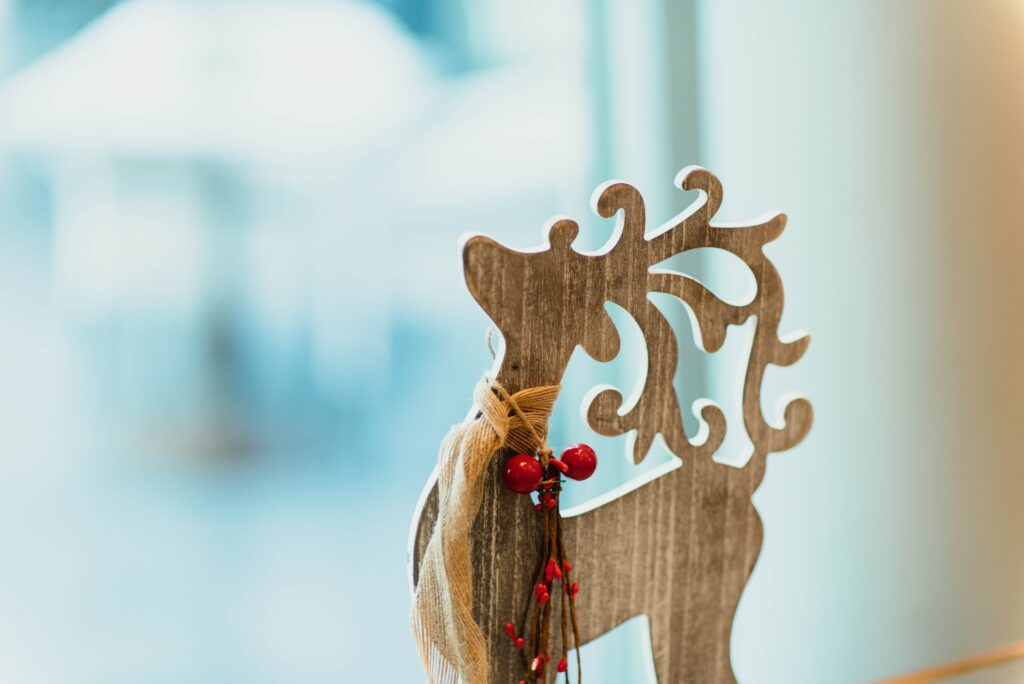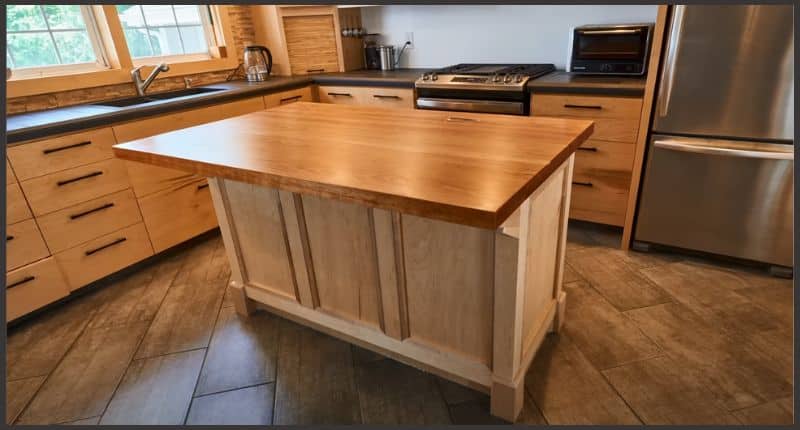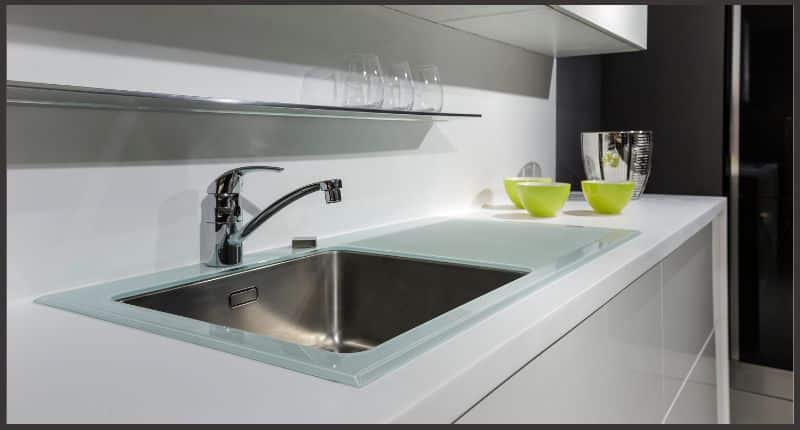Wooden cutting boards are a kitchen staple valued for their durability and classic aesthetic. However, without proper care, they can harbor bacteria and odors, diminishing their beauty and functionality. Maintaining these natural work surfaces is simpler than you might think. In this guide, we’ll explore effective techniques for cleaning and preserving your wooden cutting board, ensuring it remains a safe and beautiful fixture in your culinary arsenal. From daily maintenance to deep-cleaning tactics, we’ll set you up with the knowledge needed to keep your board looking and performing like new for years to come.
## How to Clean Wooden Cutting Board: The Ultimate Guide for Food Safety and Longevity
There’s an art to maintaining the warmth and beauty of a wooden cutting board, which not only serves a practical function in the kitchen but can also be a part of your home’s character. Seasoned chefs and home cooking enthusiasts alike understand that learning how to clean a wooden cutting board is an essential skill for both hygiene and the board’s longevity. Let’s dive into the world of wooden cutting board care and learn how to keep yours in top-notch condition.
### The Love Affair with Wooden Cutting Boards
Imagine you’re slicing fresh, ripe tomatoes on a beautifully-grained wooden cutting board. There’s a sense of connection to the natural elements and a reminder of culinary tradition. Wooden cutting boards have been the cornerstone of kitchens for generations, and part of their charm lies not only in their aesthetic appeal but also in their durability.
### Why Wood?
Wooden cutting boards are gentle on knives, self-healing, and have natural antibacterial properties. However, without proper cleaning and maintenance, they can become a breeding ground for bacteria and odors. Let’s explore the steps to ensure your wooden board remains a safe and sanitary workspace.
### Daily Cleaning Rituals
#### After Each Use: The Basic Cleanse
The golden rule for wooden cutting board care is to clean it after each use. Start by scraping off any food residue. Next, wash the board with warm, soapy water using a soft sponge or cloth. Rinse thoroughly with hot water and pat dry with a towel. Stand the board up to air dry completely. These simple steps help keep the board clean and prevent bacteria from settling in.
#### Dealing with Stubborn Stains and Odors
If your cutting board has taken on the hues and scents of your latest culinary adventure, a deeper clean may be in order. Sprinkle the board with coarse salt or baking soda. Cut a lemon in half and use it to scrub the surface. The lemon’s acidity helps remove stains and neutralize odors, while the abrasiveness of the salt scrubs away residue.
### The Deep Clean: An Occasional Necessity
Even with daily cleaning, your cutting board will periodically require a more thorough cleanse. Mix a solution of one part vinegar to four parts water and use a cloth to rub it over the board. The vinegar is a natural disinfectant that will tackle any lurking bacteria without ruining your board’s finish.
### Addressing the Moisture Menace
Wood and excessive moisture do not mix well. Prolonged exposure to water can cause your cutting board to warp or crack. To prevent this, never submerge your board in water or put it in the dishwasher. Additionally, if you live in a particularly humid climate, take extra care to ensure your board is thoroughly dried after each wash.
### Oiling: The Secret to Long Life
Once your wooden cutting board is clean and dry, you’ll want to give it a little tender love and care with periodic oiling. This prevents the wood from drying out and cracking. Use a food-grade mineral oil or a specific cutting board oil. Apply a generous amount of oil to the surface and sides using a clean cloth, let it soak in overnight, and wipe off any excess in the morning.
### When Your Board Shows Its Age: Sanding Away the Past
After years of faithful service, your board may display deep grooves and cuts – signs of love and use. These crevices can harbor bacteria and may require you to take action. If so, sanding the surface down with a medium-grit sandpaper can renew its life, followed by fine-grit sandpaper to smooth it out. Afterward, wash, dry, and re-oil the board to restore its smooth, clean surface.
### Expert Tips and Tricks
#### The Definitive No-no’s
Experts universally agree on things you should never do with a wooden cutting board. Never use harsh chemicals like bleach, which can penetrate the wood and taint your food. Also, resist the urge to use rough scouring pads, which can damage the surface.
#### A Chef’s Secret
Chef’s have their secrets and tips for keeping their wooden cutting boards in top shape. Some swear by a monthly application of a homemade board cream made from beeswax and mineral oil. This creates a richer finish and additional protection from moisture.
### Putting It All Together
Now, imagine serving your friends a sumptuous cheese platter on your rejuvenated wooden cutting board. Not only does it look good as new, but you also have the peace of mind that comes with knowing it’s been thoroughly cleaned and maintained — a testament to your dedication to both culinary arts and food safety.
### Counterarguments: Why Not Just Use Plastic?
Some may argue that plastic cutting boards are easier to maintain and clean. While it’s true that plastic is dishwasher-safe, it lacks the self-healing properties of wood. Knife cuts in plastic boards can trap bacteria much more easily than in wood. Also, plastic boards can be less durable over time, leading to more waste and frequent replacements.
### Final Thoughts on Wooden Cutting Board Care
Understanding how to clean a wooden cutting board properly is not just about food safety; it’s about preserving a piece of your kitchen’s soul. It’s a reflection of our shared history in the kitchen and represents a commitment to quality and tradition in our cooking practices. Proper care isn’t just about cleaning; it’s a full-circle approach, from daily washing to occasional oiling, that extends the life and enhances the beauty of your wooden cutting board.
Incorporating these practical steps with the craft of cooking creates a kitchen environment that is not only clean and safe but also filled with the warmth and elegance that only a well-maintained wooden cutting board can provide. Whether it’s the nostalgia evoked from its rich patina or the assurance of a hygienic food prep surface, a wooden cutting board is indeed worth the love and care it demands.

Photo by Ian Schneider on Unsplash
Table of Contents
Additional Guide
Learn the best methods to clean your bakeware and apply similar techniques to maintain the longevity of your wooden cutting boards.
Explore the importance of having a well-equipped kitchen space, starting with the proper care for all your culinary tools, including wooden cutting boards.
Keeping your cutting tools in perfect condition is as crucial as the surfaces they touch, so check out our guide on mastering basic knife cuts to complement your cutting board maintenance.
FAQs: how to clean wooden cutting board
How should I clean my wooden cutting board after each use?
To clean your wooden cutting board after each use, firstly scrape off any food particles. Then, wash it with warm, soapy water using a soft sponge or brush. After washing, rinse the board thoroughly with clean water and dry it with a towel. Always stand the cutting board up to air dry completely before storing it.
Can I put my wooden cutting board in the dishwasher?
No, you should not put your wooden cutting board in the dishwasher. The high heat and prolonged exposure to water can warp and crack the wood, damaging the board and shortening its lifespan.
How can I remove stains and odors from my wooden cutting board?
To remove stains, sprinkle baking soda on the board, then rub it with a half-cut lemon or vinegar. For odors, sprinkling the board with coarse salt, followed by rubbing with a cut lemon, can help. After these treatments, rinse the board thoroughly and let it air dry.
How often should I oil my wooden cutting board, and what type of oil should I use?
You should oil your wooden cutting board every 3-4 weeks, or more frequently if it looks dry. Use food-grade mineral oil or a beeswax-based board cream. Do not use cooking oils as they can go rancid and impart off-flavors to the board.
Is it necessary to sanitize my wooden cutting board? If so, how?
It is advisable to sanitize your wooden cutting board periodically, especially after preparing raw meat, fish, or poultry. To sanitize, you can wipe the surface with a diluted bleach solution (1 teaspoon of bleach per quart of water) or use vinegar for a natural option. After sanitizing, rinse the board thoroughly with hot water and let it air dry.



